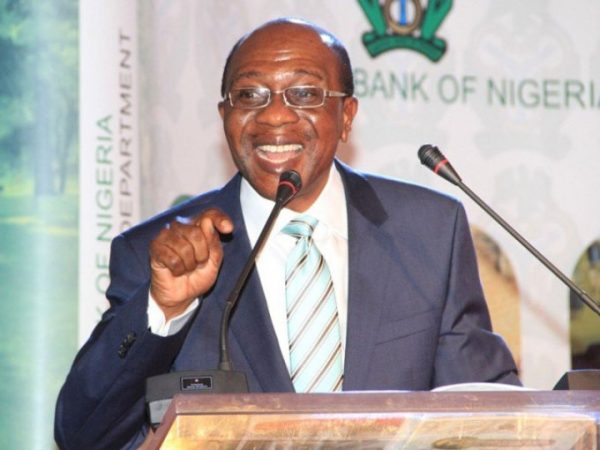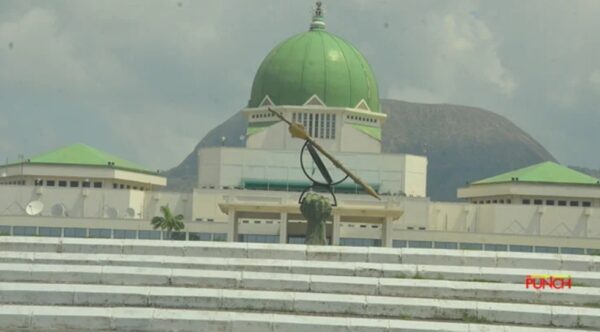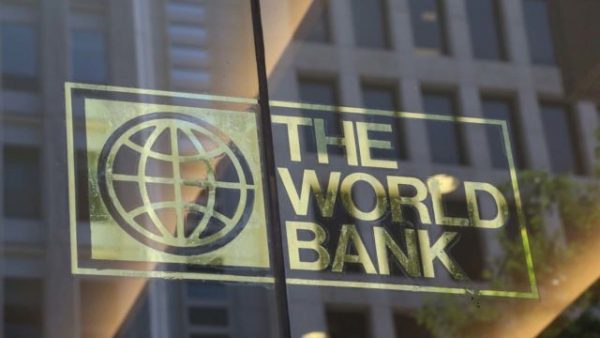Banks’ Borrowing from CBN Window Surges

Commercial and merchant banks in the country visited the Central Bank of Nigeria’s (CBN) Standing Lending Facility (SLF) window, a window for banks to borrow from the CBN more frequently in 2017, compared with the previous year, due to the tight monetary policy stance of the Bank, a report has shown.
The report stated that the merchant and Deposit Money Banks (DMBs) requested the standing facilities to square-up their positions.
According to the report, the average daily request for SLF was N216.34 billion in 246 days, out of which Intra-day Lending Facility (ILF) conversion was N130.63 billion, amounting to 60.38 per cent of the total request.
The average daily interest charged was N159.96 million. But in 2016, the average daily request for SLF was N130.47 billion in 207 days, out of which ILF conversion was N84.62 billion, while average daily interest income was N94.76 million.
“The higher patronage at the window in 2017 reflected the effect of the tight monetary policy stance,” it stated.
On the other hand, the report showed that patronage at the Standing Deposit Facility (SDF) window, a platform for banks to place a deposit with the CBN, declined to an average daily amount of N41.90 billion for the 230 days in 2017, from N76.11 billion for the 246 days in 2016.
Similarly, the average daily interest payments on the deposits decreased to N14.86 million in the review period, from N20.01 million in 2016.
“The reduced volume of transactions in the year was due to tight monetary operations and the sale of foreign exchange to authorised dealers.
“Meanwhile, the threshold for daily deposits per institution at the SDF remained N7.5 billion in the CBN thrust to curtail unbridled requests by market participants and encourage lending to the economy. “Applicable rates for the SLF and SDF also remained at 16 per cent and nine per cent, respectively, same as in 2016. The rates were anchored to the Monetary Policy Rate (MPR),” it stated.
Furthermore, the report revealed that in 2017, the CBN maintained its direct intervention in the inter-bank foreign exchange market to cushion the demand pressure and ensure exchange rate stability. Consequently, a total of US$15.816 billion was sold at the interbank segment. This comprised US$1.532 billion at the inter-bank spot, US$1.393 billion for invisibles, US$1.069 billion for SMEs, US$622 million at the Investors’ and Exporters’ (I&E), while forwards sales were $11.199 billion.
On the other hand, the Bank purchased US$6.090 billion at the interbank market. Thus, net sales by the Bank amounted to US$9.726 billion.
Also during the year, the sum of US$10.731 billion matured at the forwards’ segment, while US$1.921 billion remained outstanding at end-December 2017.
In addition, it stated that total CBN Bills offered at the Open Market Operation (OMO) was N13.762 trillion, while public subscription and sale amounted to N12.345 trillion and N11.346 trillion, respectively, compared with N6.727 trillion, N10.294 trillion and N7.860 trillion offered, subscribed and sold, respectively, in 2016.
“The high level of activity during the review period was attributable to the increased number of auctions to moderate the excess banking system liquidity, occasioned by the payments of statutory revenue to the three tiers of government, other fiscal disbursements and maturing CBN Bills, amongst others,” it stated.
In 2017, US$5.487 billion was traded at the futures market, US$5.823 billion matured, while US$3.319 billion remained outstanding as at the end of December.
Also, the report showed that the total value of Nigerian Treasury Bills (NTBs) issued and allotted was N4.495 trillion apiece, indicating a decrease of N60.03 billion or 1.32 per cent below the level in the corresponding period of 2016.
The decrease was attributable largely to lower NTBs issues coupled with the redemption of treasury bills worth N198.03 billion in December 2017.
Total public subscription stood at N7.178 trillion, compared to N8.678 trillion in the corresponding period of 2016.
“The low level of public subscription was traceable to the high frequency of OMO auctions, which constrained banking system liquidity as well as non-issuance of NTBs in December as the maturing obligations were fully redeemed.
“The structure of allotment of the instrument indicated that DMBs (including foreign investors) took up N2.49 trillion or 55.52 per cent, mandate and internal funds customers (including CBN branches) N1.818 trillion or 40.45 per cent, merchant banks N54.14 billion or 1.20 per cent and CBN take-up of N127.18 billion or 2.83 per cent.
“The successful bid rates in the market ranged from 12.95 to 14.00 per cent for the 91-day, 15 to 17.50 per cent for the 182-day and 15.57 to 18.98 per cent for the 364-day tenors.
“The range of successful bid rates in the corresponding period of 2016 was lower, between four and 15.44 per cent for the 91-day, 6.99 and 18.06 per cent for the 182-day and between 8.05 and 18.70 per cent for the 364-day tenors,” the report.







